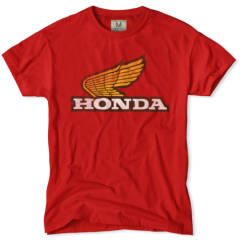Cannon Pinion Tightening Tool
-
Similar Content
-
Recently Browsing
- No registered users viewing this page.
-
Topics
-
Posts
-
By watchweasol · Posted
Hi Mike I did a ships clock a long while ago, not a Hermle though and without getting the beast in my hands to refresh my memory I can’t recall the timing. This doesn’t help I know but will start the grey matter turning. -
I have stripped and cleaned a Hermle ships clock. It was just oily, no major faults, and I reassembled it, following my photos in reverse order. The time train is fine but the strike train will not play the ships bell strike for half-past. Ships bells play a four hour sequence for the 'watches' and play double 'ding' for the hour and the double dings plus one for the half past (eg half past the second hour is 'ding-ding' 'ding-ding' 'ding'). Sounds complicated but it isn't really. The strike wheel consists of pairs of bumps (for the ding-ding) and no single bumps. There must me some mechanism on the half-past that lifts the strike lever over one of the bumps so only one ding is played. When I get to a half past, it still plays double ding. I have a feeling it is to do with the lever in front of the rack (there is a sprung attachment on it) and the position of the wheel (to the right) with the two pins that lets that lever fall, but no matter where I place that wheel I cannot get a single ding at half past! Please can someone help with advice on positioning so I can fix this? BTW Happy Easter 🐣
-
No it's not 52. I had looked at the Pocket Watch lift angles thread, which lists Elgin 6s as something really high like 62° but visually that is not at all what this watch is doing. I think 42° is more correct and that's where my machine is setup. The watch has a million problems but I have made solid progress. Impulse jewel replaced. Hairspring didn't match the balance (which also doesn't match the serial) but I got it down into range this weekend with 8 or 10 huge timing washers. Replaced the mainspring, balance and train are nice and free. At this point it is running consistently and in beat at about 160°, the third wheel has a bend that sends the timegrapher on a little roller coaster every 8 minutes or so. Remaining amplitude problems may be down to the escapement. The banking pins were way out and it didn't run at all before I started. It has one of the old brass escape wheels rather than steel, and I assume the faces its teeth are probably worn or scored in a way I can't yet fix (or see without a microscope). I know this watch is not going to run above 250° but I am going to keep trying to get above 200. But the best part about this watch? Some unscrupulous person stamped "21 JEWELS" on the train bridge sometime in the past, right on top of the Damascening. It's a 15 jewel movement.
-
I think it would rather be the blast of high current drain that would do the damage. But if used occasionally to maybe fix a mainspring or do dial feet it might be worth trying especially if the mainspring or a replacement couldn’t be found. Tom
-






Recommended Posts
Join the conversation
You can post now and register later. If you have an account, sign in now to post with your account.
Note: Your post will require moderator approval before it will be visible.